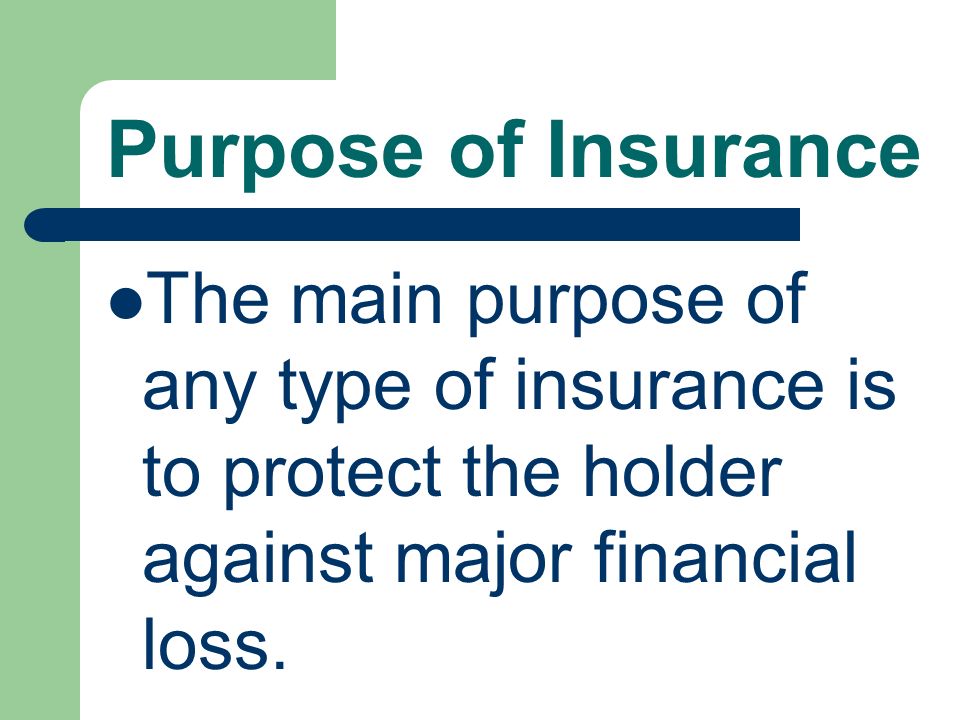The Basic Principles Of Pacific Prime
Table of ContentsNot known Facts About Pacific PrimeA Biased View of Pacific Prime3 Easy Facts About Pacific Prime DescribedPacific Prime Fundamentals Explained
In most states, the insurance firm is required to send you a copy of the modifications to your policy. It is very important that you read Endorsements or Bikers so you comprehend exactly how your policy has changed and if the plan is still ample to satisfy your needs. To get a duplicate of your insurance coverage, please call your insurance policy representative or business.
The Institute of Medicine (IOM) Committee on the Repercussions of Uninsurance launches an extensive exam of evidence that addresses the importance of medical insurance coverage with the magazine of this report. Insurance coverage Matters is the first in a series of six reports that will certainly be provided over the next 2 years recording the truth and effects of having actually an approximated 40 million individuals in the USA without wellness insurance policy protection.

Not known Facts About Pacific Prime
The goal of this series of researches is to redouble policy attention on a longstanding trouble. Following the lengthiest financial expansion in American history, in 1999, an estimated one out of every 6 Americans32 million grownups under the age of 65 and even more than 10 million childrenremains uninsured (Mills, 2000).

Ten percent of the populace represent 70 percent of healthcare expenses, a connection that has actually remained consistent over the past 3 years (Berk and Monheit, 2001) - expat insurance. Thus medical insurance proceeds to offer the function of spreading danger also as it progressively funds regular treatment. From the perspective of health and wellness treatment service providers, insurance policy lugged by their individuals helps secure a profits stream, and areas take advantage of financially practical and stable healthcare professionals and establishments
Government offers medical insurance to populaces whom the private market might not offer effectively, see this site such as handicapped and elderly persons, and populaces whose accessibility to health and wellness treatment is socially valued, such as youngsters and expecting females. The supreme ends of health and wellness insurance policy coverage for the individual and areas, consisting of office communities of staff members and companies, are enhanced health and wellness outcomes and lifestyle.
The 30-Second Trick For Pacific Prime
Employees rate health and wellness insurance coverage first by much in value among all the advantages provided in the office (Salisbury, 2001). Although there have actually been sizable financial investments of personal and public funds to give medical insurance, lots of people still have no insurance coverage. Regardless of extensive reporting of study findings and health care study results, the general public remains overwhelmed and mistaken regarding Americans without medical insurance and the ramifications of doing not have coverage.

Without doubt, the complexity of American wellness treatment funding mechanisms and the wealth of resources of details include to the public's confusion and suspicion concerning medical insurance data and their interpretation. This record and those that will follow objective to boil down and provide in easily easy to understand terms the substantial research study that bears upon inquiries of health insurance coverage and its value.
Fifty-seven percent of Americans surveyed in 1999 thought that those without medical insurance are "able to obtain the treatment they require from doctors and health centers" (Blendon et al., 1999, p. 207). In 1993, when nationwide attention was concentrated on the issues of the without insurance and on pending wellness care regulation, just 43 percent of those questioned held this belief (Blendon et al., 1999).

They likewise obtain fewer preventive solutions and are less most likely to have normal look after chronic conditions such as hypertension and diabetes. Chronic illness can result in costly and disabling problems if they are not well taken care of (Lurie et al., 1984; Lurie et al., 1986; Ayanian et al., 2000). One national survey asked greater than 3,400 grownups about 15 very significant or dark conditions.
The Pacific Prime Diaries
Added evidence exists later on in this phase in the discussion of insurance coverage and access to healthcare. https://www.openstreetmap.org/user/pacificpr1me. Individuals without health insurance are young and healthy and balanced and pick to do without insurance coverage. Practically fifty percent (43 percent) of those checked in 2000 thought that people without medical insurance are most likely to have health troubles than people with insurance policy
Voters and plan makers in focus team discussions define those without insurance as young individuals who have the opportunity to be covered and feel they do not require it (Doorperson Novelli, 2001). Contrasted to those with at the very least some personal coverage, the without insurance are less most likely to report remaining in exceptional or very excellent health and wellness (Firm for Healthcare Research Study and Quality, 2001).
SOURCE: Facility for Price and Funding Studies, Company for Medical Care Research and Top quality, based on MEPS information. Young grownups between 19 and 34 are much more likely to do not have medical insurance than any kind of various other age. This is primarily because they are much less usually eligible for employment-based insurance policy due to the nature of their work or their short period in it.
The perception that people without insurance coverage have better-than-average health follows from puzzling the fairly young age profile of the uninsured with the much better wellness, on standard, of more youthful persons. This obscures the link in between wellness condition and health insurance policy. For those without access to work environment medical insurance, poor health and wellness is a prospective barrier to purchasing nongroup protection since such protection may be extremely priced, omit preexisting conditions, or be just inaccessible.